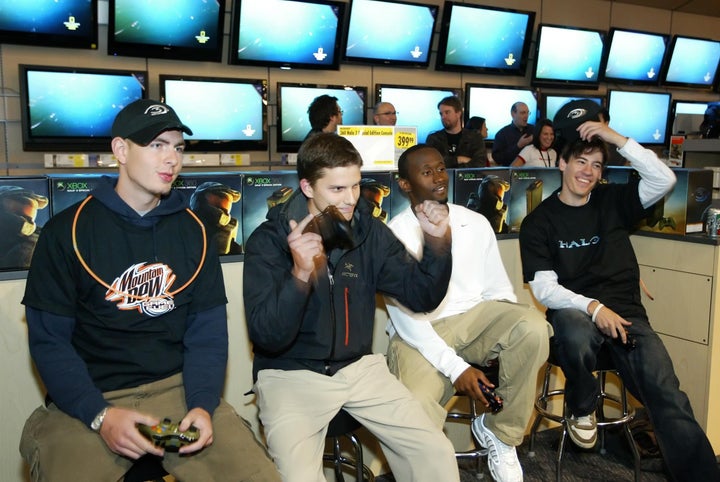
WASHINGTON -- The Great Recession has pushed the share of high school kids with jobs to its lowest level ever, thanks in part to competition from older workers, but not because of video games.
A new Federal Reserve analysis finds that while kids are spending more time on college prep and summer classes, a more important culprit for rising youth joblessness is increasing competition from grownups taking the low-wage jobs that teenagers typically do.
Since 2007, the employment-to-population ratio for 16- and 17-year-olds fell from 23 percent to 15 percent (it's currently 58.3 percent for all U.S. workers). The youth employment rate has fallen during every recession since the 1980s. Previous research has examined the impact of increased focus on school and college and also competition from uneducated immigrants.
Federal Reserve economist Christopher L. Smith says in a paper released last week that native adult workers are also taking "teen" jobs in industries like retail food service as the jobs landscape has "polarized," resulting in more low-wage work and higher pay for top jobs.
"Much of the crowd-out from adults is likely due to polarization of the adult labor market, driven by the declining costs of computerization and automation which have displaced some less-educated adult workers into service sector jobs that teens tend to do," Smith writes.
The number of adults in teen jobs rose by 5 million from 1995 to 2010. If it weren't for the crowd-out, the teenage employment-to-population ratio could have been up to 5 percentage points higher in 2010.
Job growth since the most recent recession ended in 2009 has been concentrated in low-wage occupations, while 60 percent of jobs lost from 2008 to 2010 were in mid-wage occupations, according to the National Employment Law Project, a worker advocacy group.
Though politicians and pundits often complain kids these days spend more and more time on video games, Smith throws cold water on that notion, using numbers from the American Time Use Survey: "[T]he average amount of time spent playing games is no more than an hour and has increased only modestly since 2003."
Smith examined the life cycle of video game systems, noting that sales increase once a new system has been available for a while, its price has gone down and its games gotten better. From 2005 to 2006, time spent playing games decreased as game companies rolled out the Microsoft Xbox 360, the Nintendo Wii and the Sony Playsation 3.
"Although this pattern is suggestive evidence that the availability of videogames itself can influence time usage, the difference in videogame usage between employed and not employed males is too small to account for the difference in time spent on work-related activities," Smith concluded. "For instance, for 15-17 year old males, the non-employed play about 25 more minutes of games per school day than the employed, about 30 percent of the difference in time spent on work-related activities."
The unemployment rate for 16- and 17-year-olds hovers near 30 percent, compared with 9.1 percent for the population as a whole.
CLARIFICATION: The headline of this article has been updated to clarify that the conclusions in Federal Reserve economist Christopher L. Smith's working paper are his own and have not been endorsed by the Fed as an institution.
Arthur Delaney is the author of "A People's History of the Great Recession," HuffPost's first e-book.
